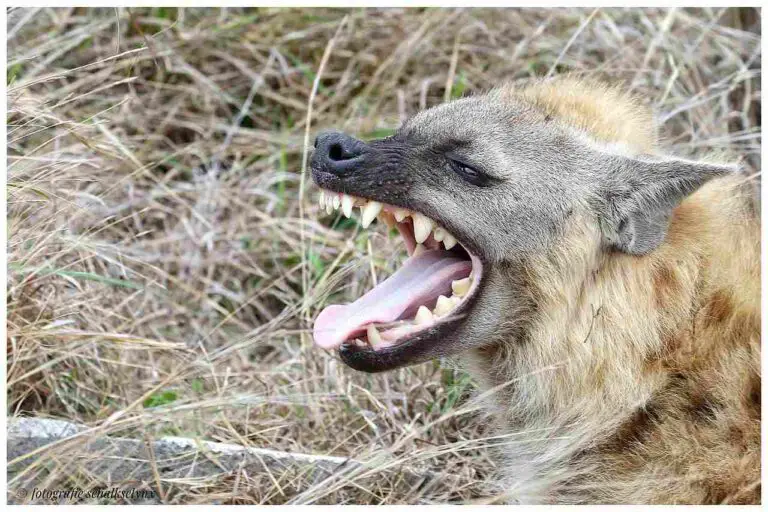Bobcat Vs Wolf Size, Weight, Overall Comparison
In contemplating a hypothetical confrontation between a bobcat and a wolf, we assess their respective characteristics to anticipate the potential outcome. This analysis takes into consideration their taxonomy, appearance, size, weight, agility, predatory features, and other attributes.
Bobcat vs Wolf: Assessing the Likely Victor in a Confrontation
In a theoretical face-off between a bobcat and a wolf, the wolf is anticipated to prevail in a fight due to its immense relative size, weight, strength, stamina, and powerful bite force. Despite the bobcat’s speed and agility, the wolf’s physical attributes provide it with a significant advantage.
I). Speed and Agility of Bobcat:
– Bobcats are known for their remarkable speed and agility, allowing them to navigate terrain efficiently and execute precise predatory maneuvers. These traits make bobcats formidable hunters, especially when pursuing smaller prey.
II). Size, Weight, and Strength of the Wolf:
– Wolves, being significantly larger and heavier than bobcats, possess a considerable physical advantage. The sheer size and strength of a wolf allow it to overpower the smaller and more agile bobcat, limiting the bobcat’s ability to effectively counter the wolf’s attacks.
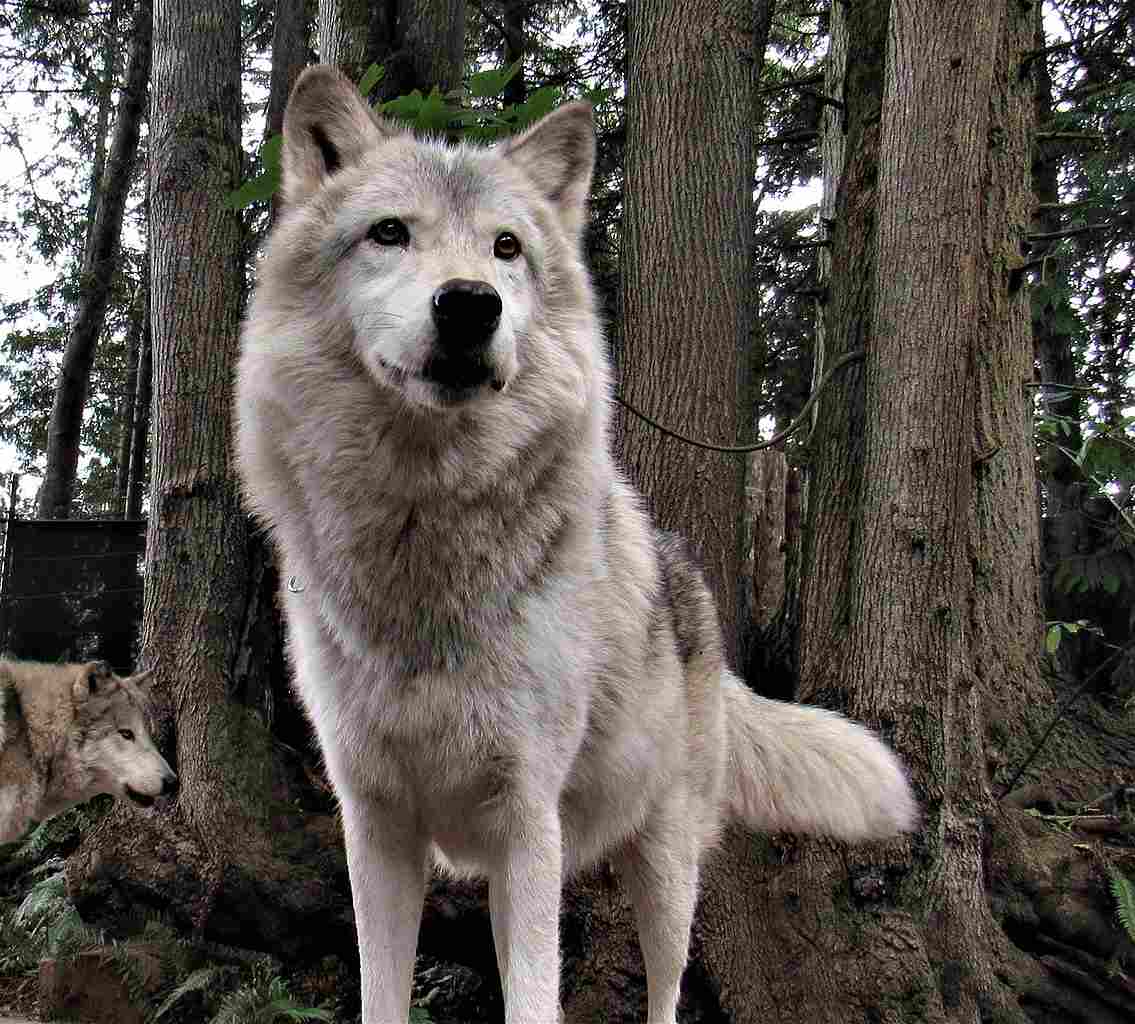
III). Stamina:
– Wolves are known for their endurance and stamina, crucial attributes in prolonged confrontations. This endurance provides the wolf with the ability to sustain efforts in a fight, potentially outlasting the bobcat in an extended encounter.
IV). Bite Force:
– The wolf’s powerful bite force is a decisive factor in a confrontation. This capability allows the wolf to inflict substantial damage, providing a significant advantage over the bobcat in terms of both offense and defense.
V). Overall Verdict:
– In a one-on-one fight, the wolf is likely to emerge as the victor over the bobcat. Despite the bobcat’s speed, agility, and predatory features, the wolf’s immense relative size, weight, strength, stamina, and formidable bite force collectively position it as the more formidable adversary. The physical advantages of the wolf outweigh the bobcat’s attributes in this hypothetical scenario.
*Details of Comparison
| Criteria | Bobcat | Wolf |
| Taxonomy | Family: Felidae | Family: Canidae |
| Appearance | Compact, distinctive markings |
Slender build, fur color variations
|
| Size and Weight | Medium-sized, 15-30 lbs |
Larger, 40-175 lbs
|
| Bite Force | Adapted for smaller prey |
Powerful for larger prey and social interactions
|
| Physical Advantages | Agility, ambush tactics |
Teamwork, endurance
|
| Speed and Agility | Faster in short bursts |
Endurance, coordinated movements
|
| Overall Physical Capacity | Moderate for size |
Greater, due to size and cooperation
|
| Habitat Preference(s) | Adaptable to various environments |
Broad range from forests to deserts
|
| Tracks | Smaller and compact |
Larger and more spread out
|
| Lifespan | 7-10 years in the wild |
6-14 years in the wild
|
| Mode of Feeding | Solitary, smaller prey |
Cooperative hunting, larger prey
|
| Social Behavior | Primarily solitary |
Highly social with complex structure
|
| Reproduction and Parenting | Polygamous, solitary parenting |
Monogamous pairs, cooperative parenting
|
| Proximity to Human Areas | Adaptable to suburban and urban areas |
Generally avoids, less common conflicts
|
| Behavior Toward Humans | Elusive, rarely poses threat |
Generally avoids, wild wolves wary
|
| Danger Posed to Humans | Rarely poses a significant threat |
Low risk, attacks are rare
|
| Associated Precautions | Coexistence measures and waste management |
Maintain a respectful distance, minimize attractants
|
| Conservation Status | Least Concern, stable populations |
Varies, some populations endangered
|
Key Points:
- Bobcats and wolves differ significantly in size, behavior, and ecological impact.
- Wolves have a more complex social structure, while bobcats are primarily solitary.
- Bobcats are more adaptable to human-inhabited areas than wolves.
- Conservation efforts should address specific challenges faced by each species for biodiversity and ecological balance.
1. Taxonomy
Bobcat (Lynx rufus):
Kingdom: Animalia
Phylum: Chordata
Class: Mammalia
Order: Carnivora
Family: Felidae
Genus: Lynx
Species: Lynx rufus
Wolf (Canis lupus):
Kingdom: Animalia
Phylum: Chordata
Class: Mammalia
Order: Carnivora
Family: Canidae
Genus: Canis
Species: Canis lupus
2. Appearance
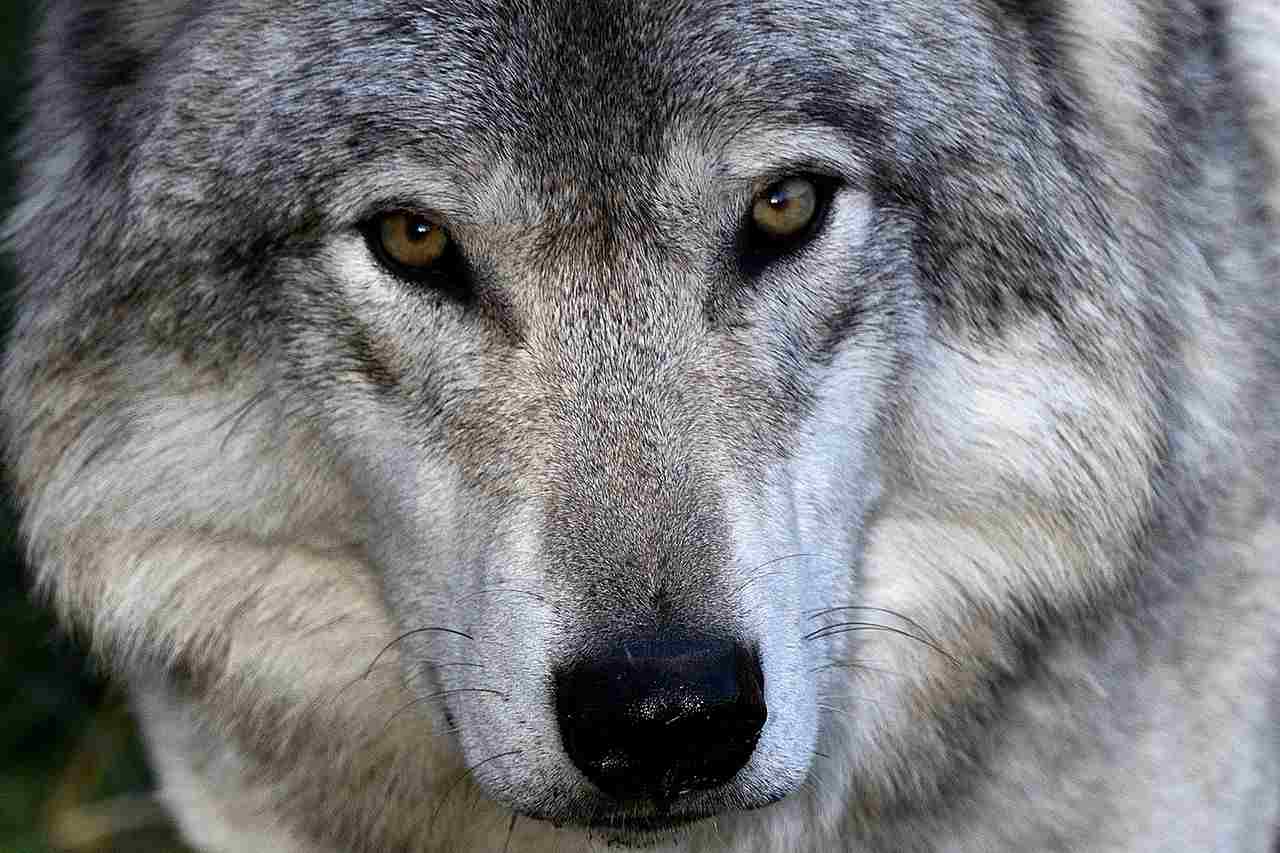
Bobcat:
Compact body, short legs, and a short tail.
Coat color varies, usually tawny or brown with spots; distinctive facial markings.
Ears have tufts of black hair.
Adapted for stealth and camouflage in forested environments.
Wolf:
Long, slender body with a bushy tail.
Fur color varies, typically gray, brown, black, or white.
Ears are erect, and eyes are forward-facing.
Well-adapted for endurance and traversing various landscapes.
Comparison:
Both display adaptations for their respective habitats, with the bobcat suited for forested areas and the wolf adapted for diverse environments.
Ecological Implications:
The bobcat’s camouflage aids in stalking prey, while the wolf’s endurance and adaptable fur color contribute to its success in different ecosystems.
3. Size
Bobcat:
Medium-sized carnivore.
Length ranges from 2 to 4 feet (including tail).
Shoulder height about 20 inches.
Wolf:
Larger carnivore.
Length varies from 4.5 to 6.5 feet (excluding tail).
Shoulder height around 26 to 32 inches.
Comparison:
Wolves are substantially larger than bobcats, reflecting differences in their ecological roles and hunting strategies.
Ecological Implications:
Size correlates with prey preferences and hunting strategies, with wolves often pursuing larger prey due to their larger size and pack hunting behavior.
4. Weight
Bobcat:
Weight ranges from 15 to 30 pounds.
Wolf:
Weight varies widely, from 40 to 175 pounds.
Comparison:
Wolves are significantly heavier than bobcats, reflecting differences in their hunting styles and social structures.
Ecological Implications:
Wolves’ greater weight allows them to take down larger prey and exert dominance in their ecological niche.
5. Bite Force
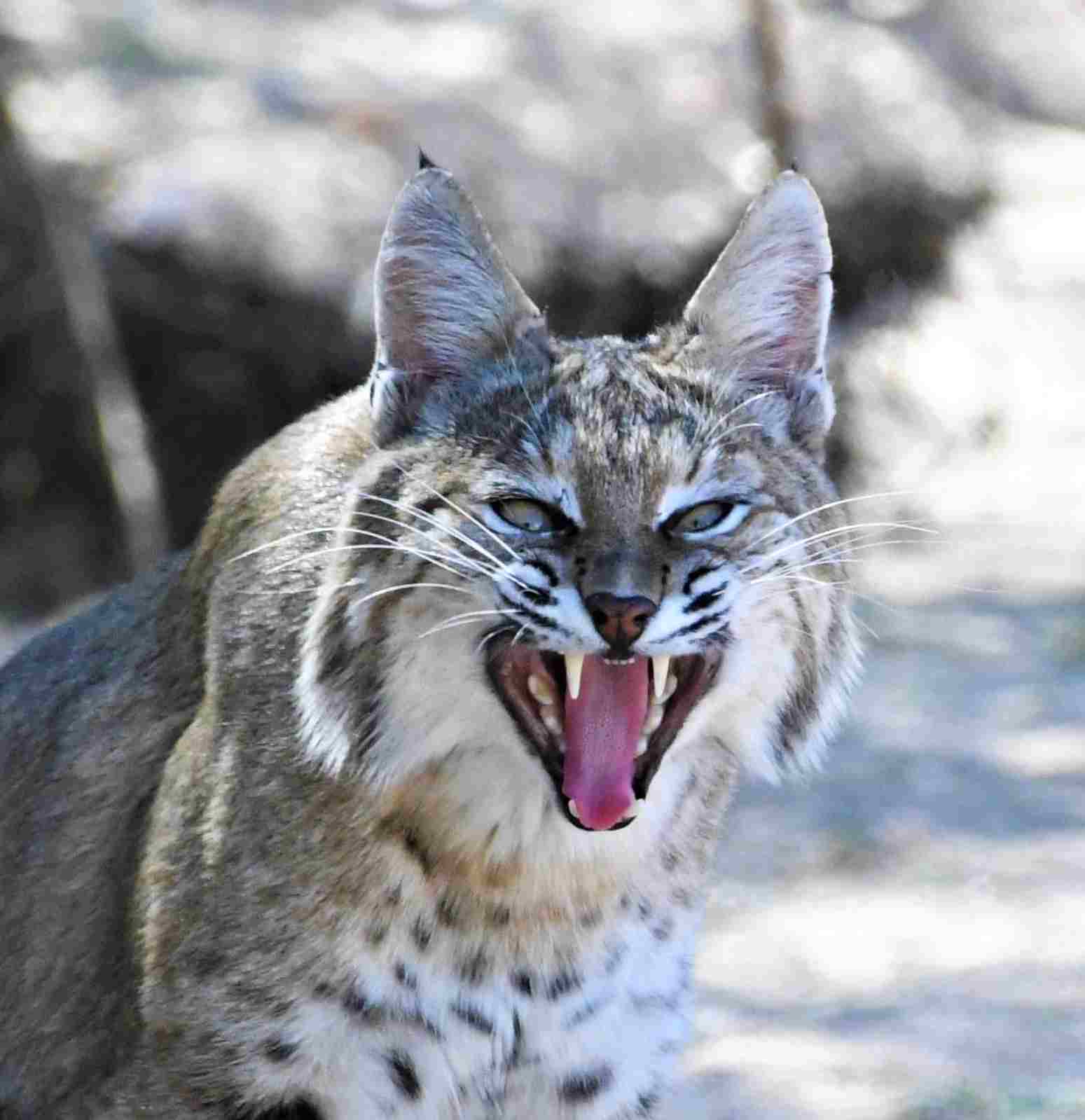
Bobcat:
Bite force is adapted for capturing and subduing smaller prey.
Wolf:
Strong bite force, essential for taking down larger prey and for social interactions within the pack.
Comparison:
Wolves have a more powerful bite force, aligned with their larger size and hunting strategy.
Ecological Implications:
Wolves’ formidable bite force is a crucial adaptation for their role as apex predators, enabling them to tackle a broader range of prey sizes.
6. Physical Offensive Advantages
Bobcat:
Sharp retractable claws and strong jaws.
Agile and capable of ambushing prey.
Excellent climbers, allowing them to pounce from elevated positions.
Wolf:
Powerful jaws and sharp teeth.
Team hunting strategy, allowing for coordinated attacks on larger prey.
Enhanced stamina for pursuing prey over long distances.
Comparison:
While both possess offensive adaptations, bobcats rely on agility and ambush tactics, whereas wolves leverage cooperative hunting and endurance.
Ecological Implications:
The bobcat’s ambush style suits its solitary hunting, while the wolf’s pack dynamics and stamina facilitate the pursuit and takedown of larger prey.
7. Physical Defensive Advantages
Bobcat:
Agile and quick, with the ability to escape into trees.
Camouflage coat provides concealment.
Evasive maneuvers and hissing as defensive strategies.
Wolf:
Strength in numbers – pack defense against predators.
Speed and endurance to evade threats.
Defensive postures and vocalizations to deter potential threats.
Comparison:
Bobcats rely on solo evasive tactics, while wolves employ group defense mechanisms.
Ecological Implications:
Bobcats use stealth and evasion for personal defense, whereas wolves utilize pack dynamics to defend against larger threats and secure territories.
8. Speed
Bobcat:
Can reach speeds of 30 mph in short bursts.
Wolf:
Capable of sustained speeds around 25 to 35 mph.
Comparison:
Both are fast runners, but bobcats exhibit slightly higher short-burst speeds.
Ecological Implications:
Speed contributes to successful hunting and evasion from predators, reflecting adaptations to their specific ecological roles.
9. Agility
Bobcat:
Exceptional agility for climbing trees and navigating through dense vegetation.
Acrobatic movements aid in ambushing prey.
Wolf:
Agile for maneuvering through varied terrains.
Coordinated movements within a pack contribute to successful hunting strategies.
Comparison:
Bobcats excel in tree climbing and stealthy movements, while wolves showcase agility in open landscapes and coordinated group actions.
Ecological Implications:
Adaptations in agility reflect the specific environments and hunting methods each species has evolved to thrive in.
10. Overall Physical Capacity
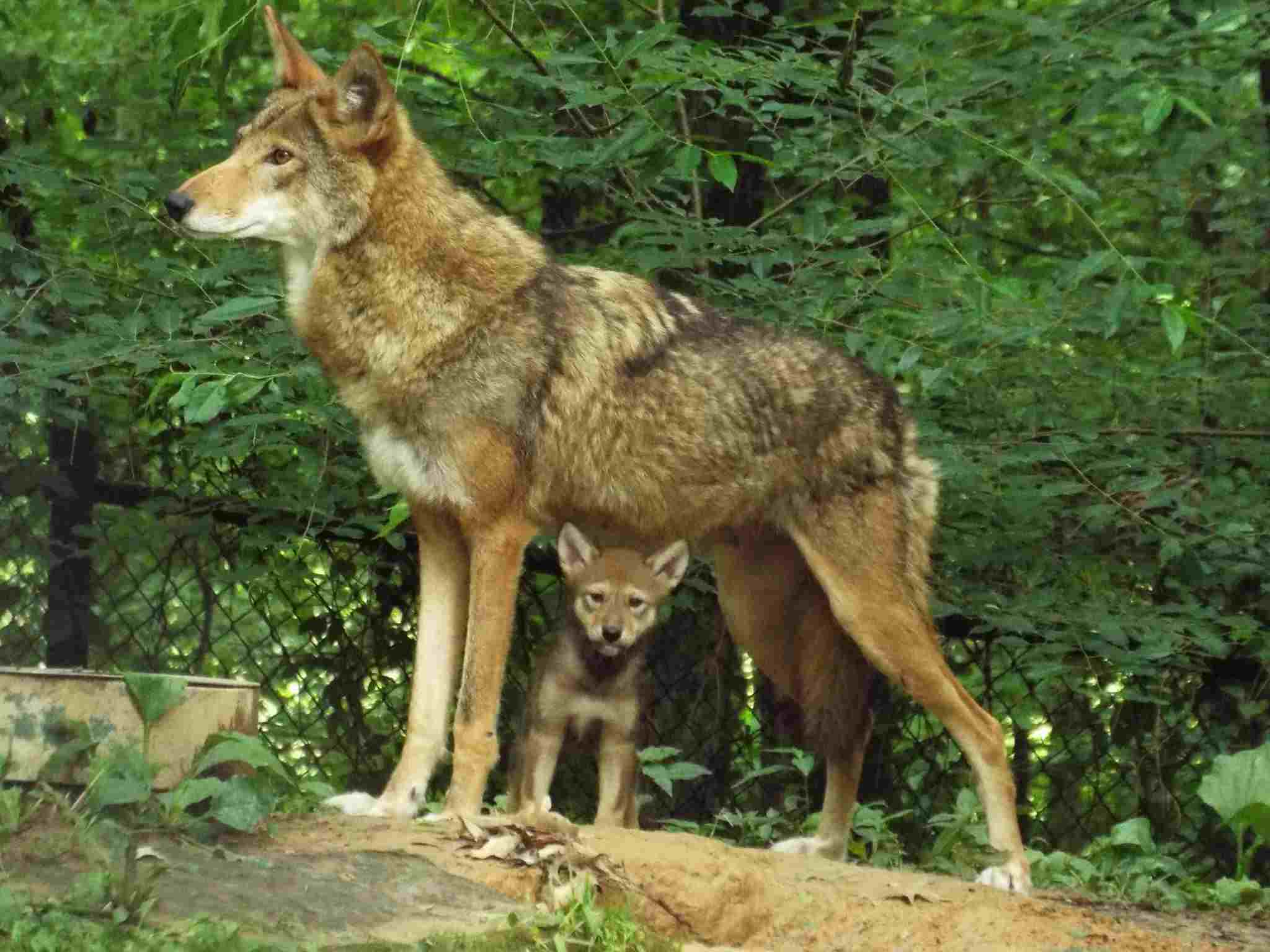
Bobcat:
Well-adapted for stealth and ambush.
Moderate endurance and strength for its size.
Specialized for solitary hunting.
Wolf:
Robust build with high endurance.
Team-oriented hunting strategies.
Social structure enhances overall adaptability.
Comparison:
Wolves exhibit greater overall physical capacity due to their larger size, endurance, and cooperative hunting tactics.
Ecological Implications:
Wolves’ enhanced physical capacity aligns with their role as apex predators, allowing them to pursue diverse prey and maintain territorial integrity.
11. Habitat Preference(s)
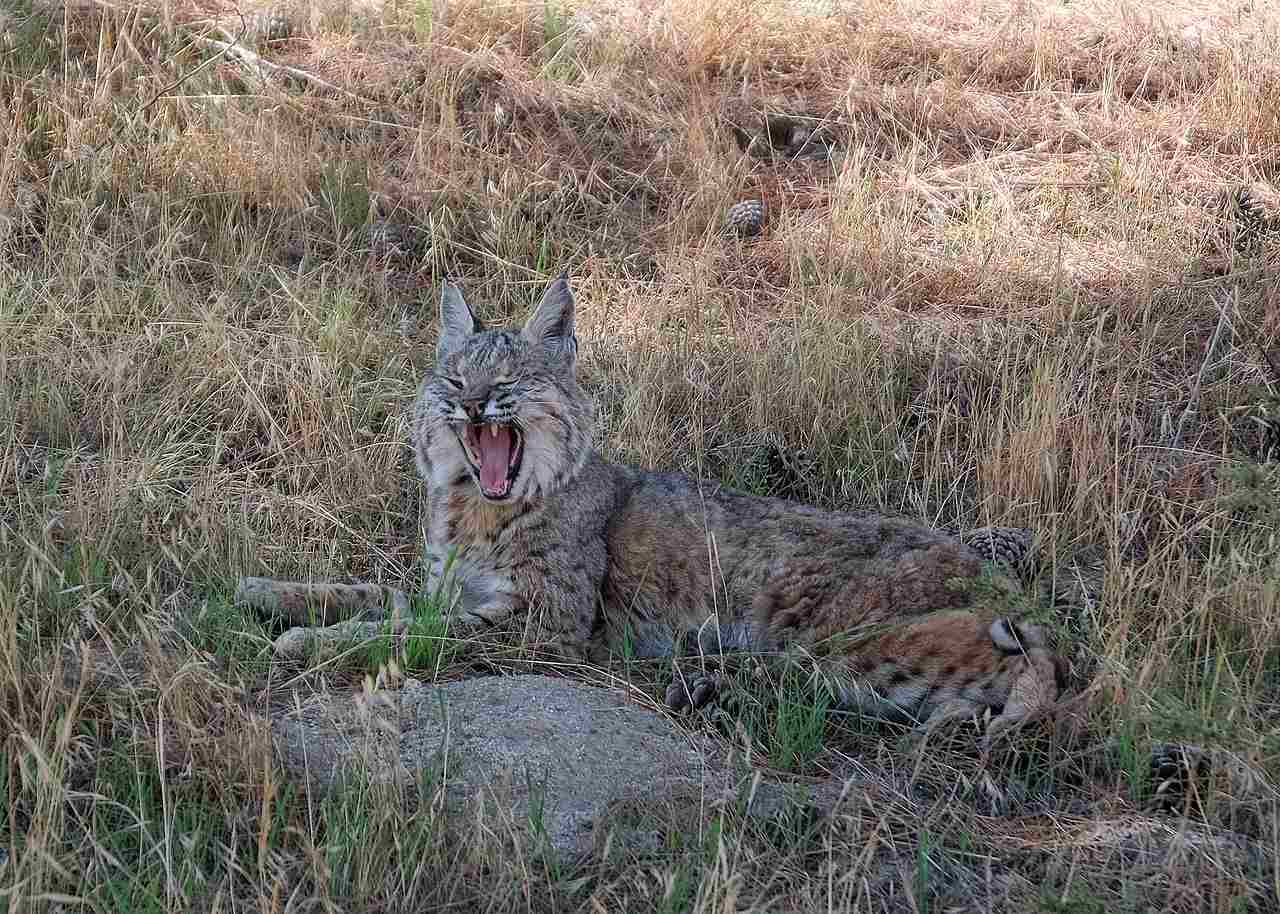
Bobcat:
Prefers diverse habitats, including forests, swamps, and deserts.
Solitary and territorial, adapts to various environments.
Wolf:
Highly adaptable, inhabiting forests, tundra, grasslands, and deserts.
Social nature supports successful colonization of diverse ecosystems.
Comparison:
Both species are adaptable, but wolves’ social structure enables colonization of a broader range of habitats.
Ecological Implications:
The ability to inhabit diverse environments enhances the ecological impact of wolves, contributing to a balance in various ecosystems.
12. Tracks
Bobcat:
Paw prints show four toes with retractable claws.
Tracks smaller and more compact than those of wolves.
Wolf:
Paw prints display four large toes with non-retractable claws.
Larger and more spread-out tracks compared to bobcats.
Comparison:
Track differences align with the size and locomotion characteristics of each species.
Ecological Implications:
Tracking differences can aid ecologists and researchers in monitoring and studying the populations and movements of these species.
13. Lifespan
Bobcat:
Typically lives 7 to 10 years in the wild.
Wolf:
Lifespan ranges from 6 to 14 years in the wild, influenced by factors like prey availability and human impact.
Comparison:
Wolves generally have a slightly longer lifespan than bobcats.
Ecological Implications:
Lifespan differences can impact population dynamics, with longer-lived wolves potentially having a more significant ecological influence over time.
14. Mode of Feeding
Bobcat:
Solitary hunter, often preying on small mammals like rabbits and rodents.
Ambushes and pounces on prey.
Wolf:
Cooperative hunting in packs, targeting larger prey such as ungulates (deer, elk).
Strategic and coordinated efforts in taking down prey.
Comparison:
Bobcats focus on smaller prey individually, while wolves employ teamwork for larger prey.
Ecological Implications:
Wolves’ ability to tackle larger prey contributes to shaping herbivore populations in their ecosystems.
15. Social Behavior
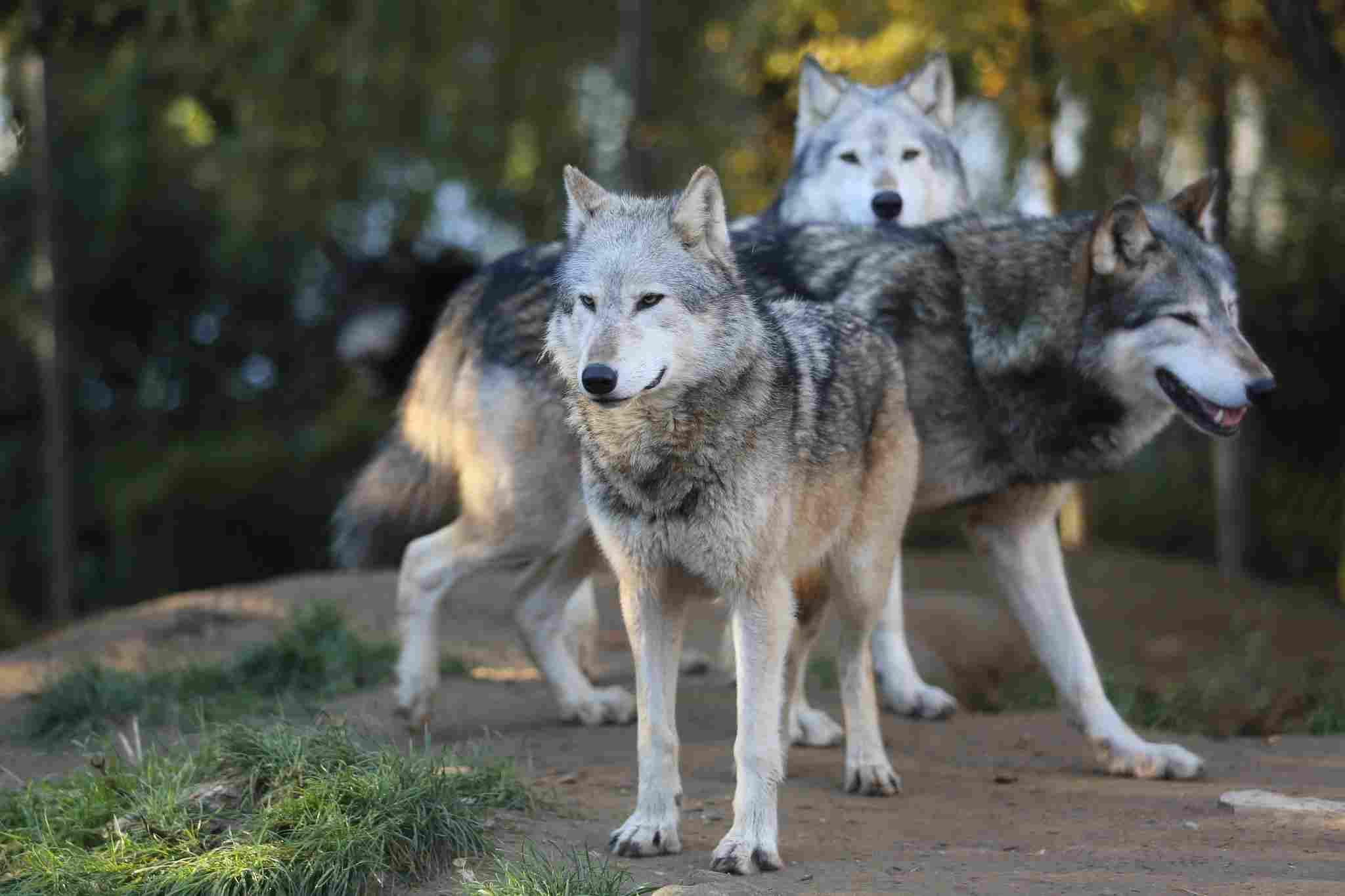
Bobcat:
Primarily solitary and territorial.
Minimal social interaction except during the mating season.
Wolf:
Highly social with a complex pack structure.
Cooperative hunting, territory defense, and strong social bonds.
Comparison:
Wolves exhibit intricate social behaviors, while bobcats are more independent.
Ecological Implications:
Wolves’ social structure impacts their hunting efficiency and territorial control, influencing ecosystem dynamics.
16. Mode of Reproduction
Bobcat:
Polygamous mating system.
Gestation period around 60 to 70 days.
Wolf:
Monogamous pairs within a pack.
Longer gestation period, roughly 60 to 63 days.
Comparison:
Wolves exhibit more complex mating dynamics, with monogamous pairs within a social structure.
Ecological Implications:
Reproductive strategies impact population dynamics and social structures within each species.
17. Parental Behavior
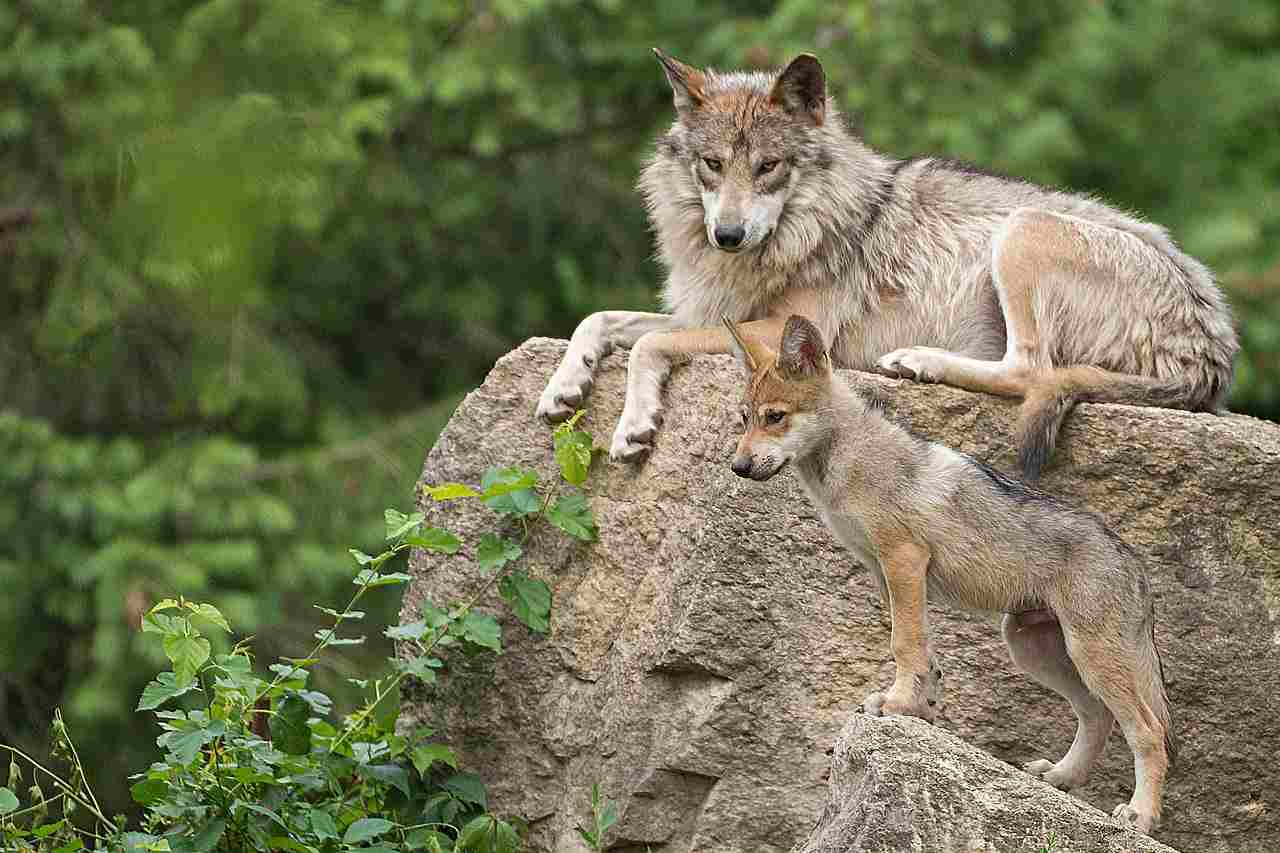
Bobcat:
Female raises kittens alone.
Kittens become independent after several months.
Wolf:
Cooperative parenting within the pack.
Both parents contribute to the care and education of pups.
Comparison:
Wolves display cooperative parenting, enhancing the survival and development of their offspring.
Ecological Implications:
Cooperative parenting contributes to the overall success of wolf packs, potentially impacting their population dynamics and role in the ecosystem.
18. Proximity to Human-Inhabited Areas
Bobcat:
Can adapt to suburban and urban environments.
Occasionally spotted near human habitats.
Wolf:
Typically avoids human-populated areas but may venture into rural regions.
Human-wildlife conflicts less common compared to bobcats.
Comparison:
Bobcats demonstrate more adaptability to human-inhabited areas than wolves.
Ecological Implications:
Bobcats’ ability to coexist with humans in various settings may lead to increased interactions and potential conflicts.
19. Behavior Toward Humans
Bobcat:
Generally elusive and avoids human contact.
Rarely poses a threat to humans unless cornered.
Wolf:
Typically wary of humans but may exhibit curiosity.
Wild wolves generally avoid direct confrontations with people.
Comparison:
Both species usually avoid direct interactions with humans, but bobcats are more adaptable to human presence.
Ecological Implications:
Human attitudes and actions can influence the coexistence or conflicts with these species, affecting their ecological roles.
20. Danger Posed to Humans
Bobcat:
Rarely poses a significant threat to humans.
Attacks on humans are extremely uncommon.
Wolf:
Wild wolves usually avoid humans; attacks are rare.
Captive or habituated wolves may pose slightly higher risks.
Comparison:
Both bobcats and wolves generally pose low risks to human safety.
Ecological Implications:
Human-wildlife conflicts can impact conservation efforts and public perceptions, influencing the management of these species.
21. Associated Precautions
Bobcat:
Educating the public on coexistence measures.
Encouraging responsible waste management to avoid attracting bobcats.
Wolf:
Emphasizing the importance of maintaining a respectful distance.
Implementing strategies to minimize attractants in areas with wolf presence.
Comparison:
Similar precautions are necessary for both species, focusing on reducing human-wildlife conflicts.
Ecological Implications:
Effective precautionary measures contribute to harmonious coexistence, supporting the conservation of these species and their ecosystems.
22. Conservation Status
Bobcat:
Least Concern on the International Union for Conservation of Nature (IUCN) Red List.
Generally stable populations with some regional variations.
Wolf:
Conservation status varies by species; some populations are listed as Least Concern, while others are Endangered or Threatened.
Localized threats, including habitat loss and human-wildlife conflicts, impact wolf populations.
Comparison:
Bobcats, in general, have more stable populations compared to wolves, which face varying conservation statuses.
Ecological Implications:
Conservation efforts need to address the specific challenges faced by wolf populations to maintain ecological balance and biodiversity.
Summary of Comparison
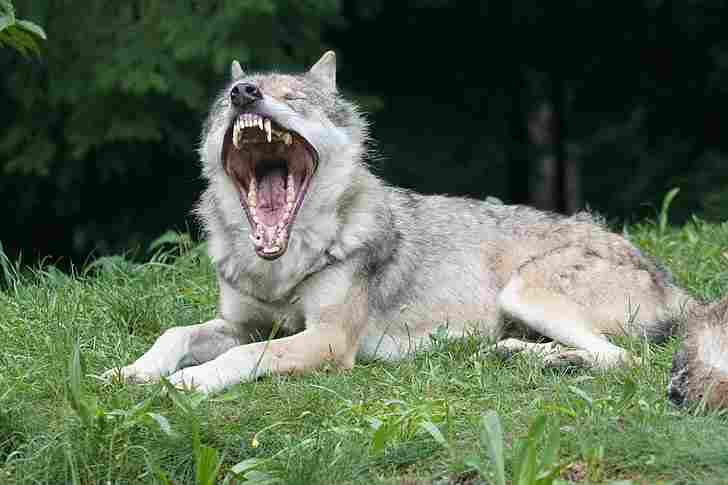
Similarities:
Both belong to the order Carnivora, playing vital roles as carnivorous mammals.
They contribute to ecosystem balance by regulating prey populations.
Physical adaptations align with their specific ecological niches.
Differences:
Taxonomy:
Bobcats belong to the family Felidae, while wolves belong to Canidae.
Appearance:
Bobcats have a compact body and distinctive markings, adapted for stealth.
Wolves have a slender build, with fur color variations and forward-facing eyes.
Size and Weight:
Wolves are significantly larger and heavier than bobcats, impacting their hunting strategies.
Bite Force:
Wolves possess a more powerful bite force, crucial for tackling larger prey.
Physical Offensive and Defensive Advantages:
Bobcats rely on agility and ambush tactics; wolves employ teamwork and endurance.
Speed and Agility:
Bobcats are faster in short bursts; wolves showcase endurance and coordinated movements.
Overall Physical Capacity:
Wolves have greater overall physical capacity, attributed to size, endurance, and cooperative hunting.
Habitat Preference(s):
Bobcats adapt to various environments; wolves exhibit a broader habitat range.
Tracks:
Bobcat tracks are smaller and more compact; wolf tracks are larger and more spread out.
Lifespan:
Wolves generally have a slightly longer lifespan than bobcats.
Mode of Feeding:
Bobcats focus on smaller prey individually; wolves employ teamwork for larger prey.
Social Behavior:
Wolves exhibit intricate social behaviors; bobcats are more independent.
Reproduction and Parental Behavior:
Wolves display more complex mating dynamics and cooperative parenting.
Proximity to Human-Inhabited Areas:
Bobcats are more adaptable to human-inhabited areas compared to wolves.
Behavior Toward Humans and Danger Posed:
Both species generally avoid direct interactions with humans, with low risks.
Associated Precautions:
Similar precautions are necessary for both species to minimize human-wildlife conflicts.
Conservation Status:
Bobcats are generally least concern; wolves face varying conservation statuses.
Conclusion
I. Similarities:
Both bobcats and wolves are carnivorous mammals.
They play crucial roles in maintaining ecosystem balance by regulating prey populations.
Adaptations in physical features align with their respective ecological niches.
II. Differences:
Wolves exhibit complex social structures, while bobcats are primarily solitary.
Bobcats are more adaptable to human-inhabited areas than wolves.
Conservation statuses differ, with wolves facing more varied and localized threats.


